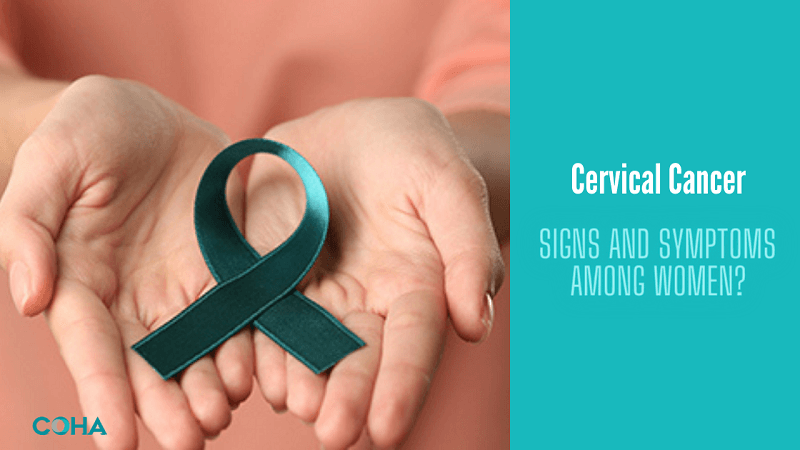


Cervical cancer, the leading cause of cancer death among women, is more commonly diagnosed in women aged between 35 and 44. 20% of cervical cancer cases are diagnosed in women aged above 65 due to not receiving regular cancer screenings. It is rare for women below 20 years to develop cervical cancer. The American Cancer Society estimates that 14,480 women will be diagnosed with cervical cancer in the United States in 2021, and 4290 women will die from it. The 5-year survival rate of this cancer is 66%, but it is 92% for women diagnosed at an early stage. Therefore, earlier diagnosis and treatment can help cure this cancer.
Cervical cancer starts in a woman’s cervix, the lower part of the uterus that connects to the vagina. It occurs when cells of the cervix multiply rapidly and abnormally. If left undetected or untreated, cervical cancer can be life-threatening.
The cervix consists of two parts, each covered with two kinds of cells:
The area of the cervix where these two cell types meet is known as the transformation zone. The position of the transformation zone changes with age and childbirth. Cervical cancers often start in this region.
Human papillomavirus (HPV), a sexually transmitted infection, is the major cause of cervical cancer. Some strains of the virus cause normal cervical cells to become abnormal and cancerous.
Other cervical cancer-causing risk factors are:
Some symptoms appear with early-stage cervical cancer, but women may think these result from their menstrual cycle, a urinary tract infection, or a yeast infection.
Women with advanced-stage cervical cancer may experience these symptoms:
Your doctor may perform the following tests to diagnose cervical cancer:
Your doctor scrapes the outside and inside of the cervix to take sample cells. These are tested in a lab to detect abnormal or cancerous cells.
If your Pap test results are abnormal, your doctor may perform an HPV test where the sample is taken similarly to a pap test. They will confirm the diagnosis upon finding any strains of HPV.
This test is performed using a colposcope that magnifies the cervix and vagina cells to help doctors detect any abnormalities.
Your doctor will check for any unusual or abnormal changes in your ovaries, uterus, vagina (using a speculum to keep the vaginal walls open), cervix, and other nearby organs.
Your doctor removes a tissue sample from your cervix and analyzes it under the microscope for abnormalities.
Other types of biopsies include:
If your biopsy result is positive, your doctor may refer you to a gynecologist for further diagnostic tests, including:
If diagnosed in its earliest stages, cervical cancer is one of the most treatable types of cancer. As per the American Cancer Society, cervical cancer deaths have reduced considerably due to increased screening.
Contact Chesapeake Oncology Hematology Associates today for more information about cervical cancer.
Also Read: All About Ovarian Cancer: Symptoms, Diagnosis, and Treatment